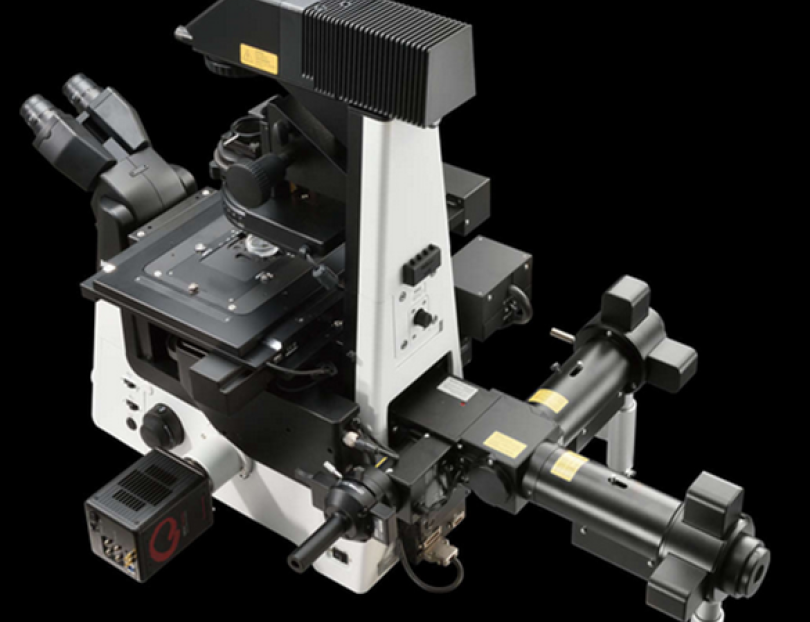Common Applications
| Confocal: | Confocal imaging is a fluorescence microscopy technique that optically sections the specimens preventing out-of-focus light from reaching the detector. This yields clear high contrast images, and together with the ability to acquire images sequentially at multiple positions the entire sample can be reconstructed in 3D. |
| High-Speed Resonant Scans: |
The combination of the large FOV with the AX-R2’s resonance scanner allows for high-speed imaging of large regions of interest. The fast acquisition allows users to capture dynamic events in live specimens in confocal mode with a high temporal resolution, and reduced imaging times for fixed samples |
| Automated image acquisition with real-time feedback |
Using NIS-Elements with the JOBS module allows for customised multidimensional imaging with capabilities to set multipoint imaging, tiling, z-stacks, time series, multichannel, and both widefield and confocal imaging. Real-time analysis of data can be integrated and provide feedback to imaging acquisition. |
| Spectral Unmixing | The tuneable emission filter in the DUX-VB detector allows the user to remove unwanted emitted fluorescence. The system also allows for the acquisition of hyperspectral images in up to 66 emission channels for unmixing. |







